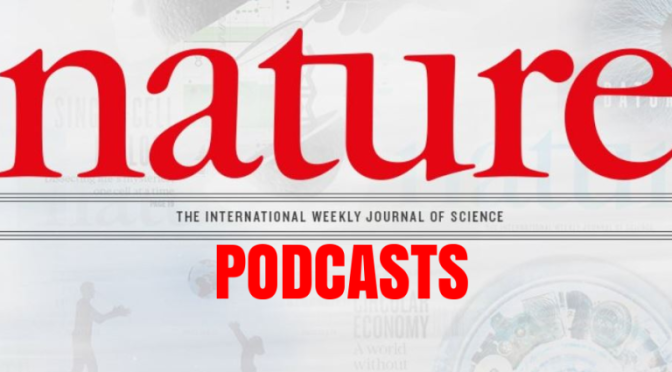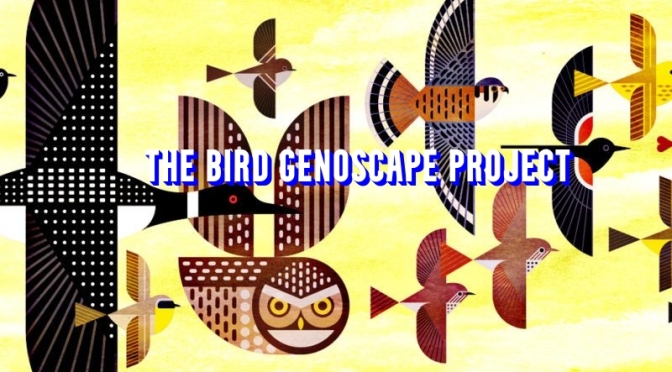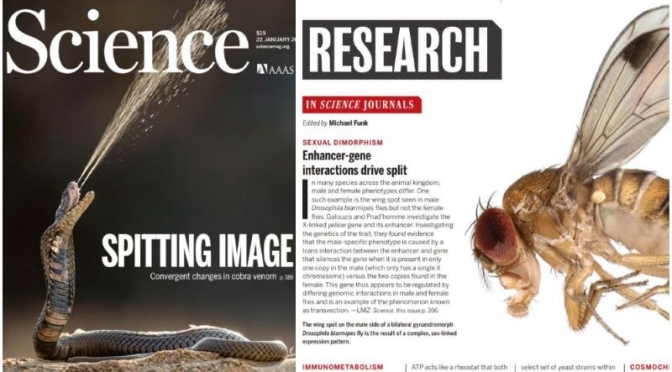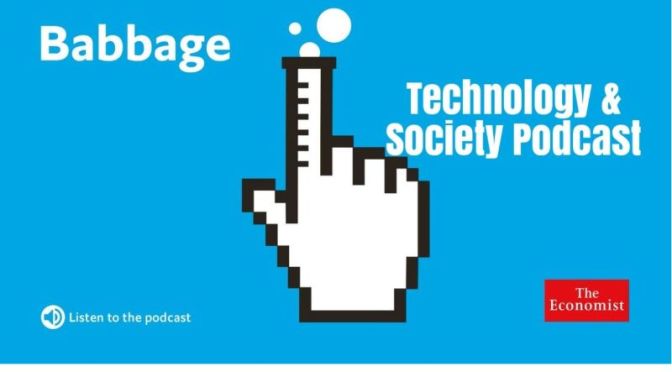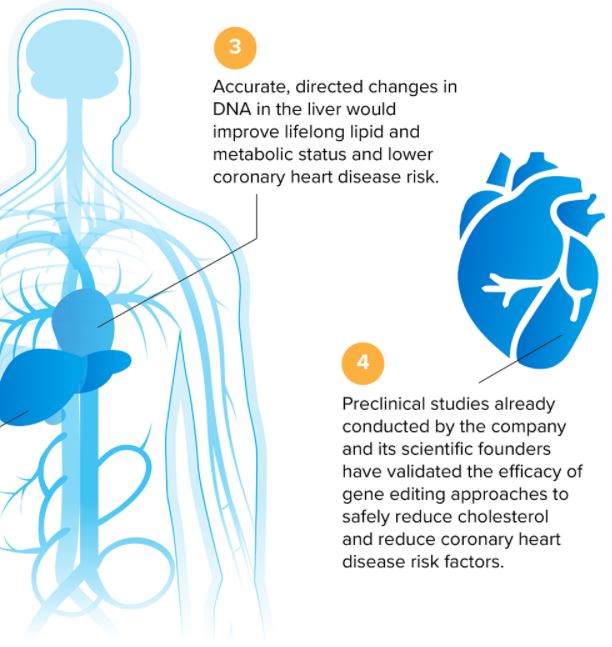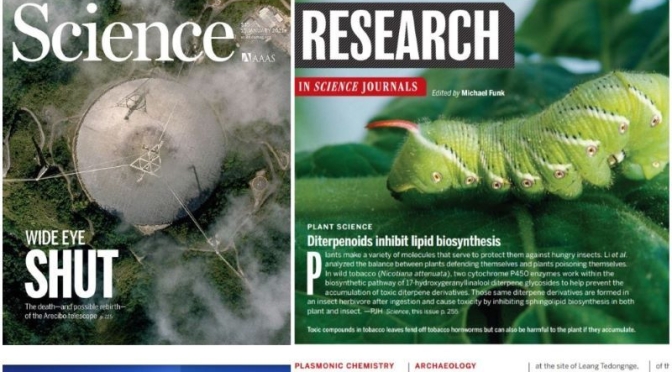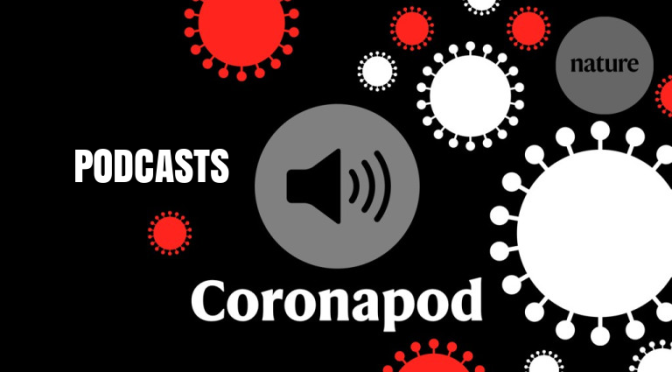A neuroprosthetic device restores blood-pressure control after spinal-cord injury, and identifying the neurons that help us understand others’ beliefs.
In this episode:
00:47 A neuroprosthetic restores the body’s baroreflex
A common problem for people who have experienced spinal-cord injury is the inability to maintain their blood pressure, which can have serious, long-term health consequences. Now, however, researchers have developed a device that may restore this ability, by stimulating the neural circuits involved in the so-called baroreflex.
Research Article: Squair et al.
News and Views: Neuroprosthetic device maintains blood pressure after spinal cord injury
08:27 Research Highlights
How gesticulating changes the way that speech is perceived, and a new theory of how Saturn got its tilt.
Research Highlight: Hands speak: how casual gestures shape what we hear
Research Highlight: The moon that made Saturn a pushover
10:58 A neuronal map of understanding others
Humans are very good at understanding that other people have thoughts, feelings and beliefs that are different to our own. But the neuronal underpinnings of this ability have been hard to unpick. Now, researchers have identified a subset of neurons that they think gives us this ability.
Research Article: Jamali et al.
18:04 Briefing Chat
We discuss some highlights from the Nature Briefing. This time, the science of why cats love catnip, and the struggle to identify what the mysterious celestial object StDr 56 actually is.
Science: Why cats are crazy for catnip
Syfy Wire: So what the heck is StDr 56?

